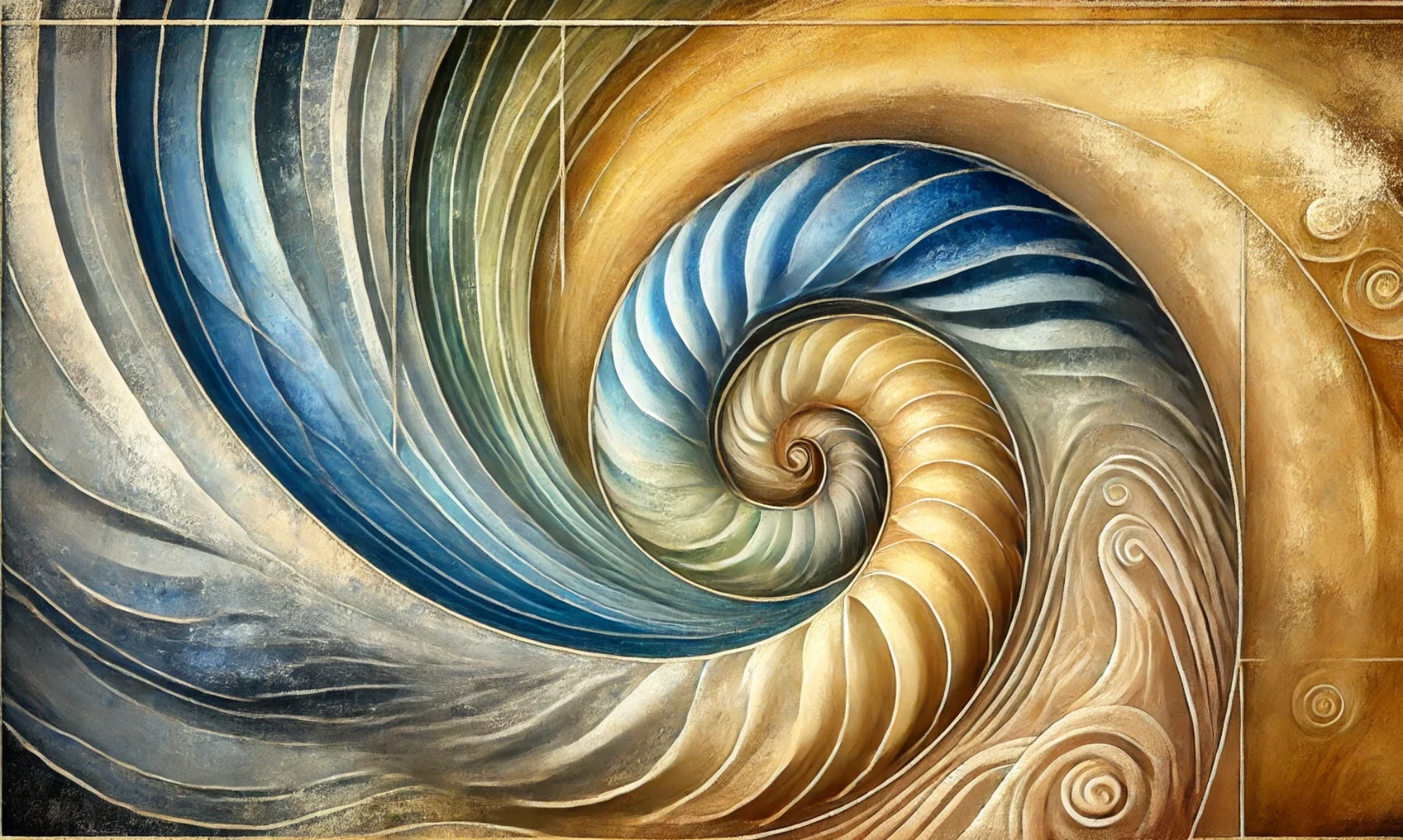In my last series, we explored the hidden architecture of the dominant paradigm – the values and assumptions that shape modern life, often without our awareness. That series challenged the cultural obsession with toughness, productivity, and control, and asked what might lie beyond those well-worn narratives. This new series picks up the thread with something the dominant paradigm has long sought to suppress: sensitivity.
From an early age, many of us were told we were “too sensitive.” Perhaps it was said with affection, perhaps with exasperation – but the message was clear: feeling deeply was a problem to outgrow. In a culture that favours sharp edges and thick skins, sensitivity can seem like a flaw, a liability, or at best, an inconvenience.
But what if the opposite were true? What if sensitivity was never the problem – but the very quality most needed in our time?
If you’d prefer to listen or watch, I’ve shared a short video version of this reflection here. Feel free to pause and take it in at your own pace
The Many Dimensions of Sensitivity
Sensitivity is often reduced to just one thing – emotional fragility, perhaps, or being easily upset. But in truth, it is a rich, multidimensional capacity:
- Emotional sensitivity – attunement to the subtle shifts in one’s own and others’ emotions.
- Sensory sensitivity – heightened awareness of sounds, smells, textures, or light.
- Moral sensitivity – a deep response to injustice, suffering, or ethical misalignment.
- Environmental sensitivity – noticing shifts in atmosphere, tone, or place.
- Relational sensitivity – being finely tuned to dynamics in a group or between people.
- Intuitive sensitivity – perceiving connections, patterns, or insights that lie beneath the surface.
These forms of sensitivity are not weaknesses. They are modes of perception – ways of taking in, making sense of, and responding to the world. Sensitivity is a kind of perceptual fluency in the unseen and the subtle.
What Sensitivity Is Not
It’s important to be clear about what sensitivity is not.
- It is not weakness.
- It is not a failure to cope.
- It is not immaturity.
- It is not about being easily offended or lacking resilience.
These misunderstandings stem from a cultural discomfort with vulnerability, nuance, and anything that cannot be measured or controlled. In a world that often rewards detachment and numbness, the capacity to feel is wrongly framed as a flaw. But feeling is not failure – it is feedback. And feedback is essential if we are to stay responsive to what matters.
Why Sensitivity Has Been Marginalised
To understand why sensitivity has been misunderstood or even pathologized, we need to return to the dominant paradigm. For centuries, Western culture has exalted strength, certainty, and rational control – often at the expense of connection, care, and receptivity. The sensitive person doesn’t fit easily into a system that values speed over depth and productivity over presence.
Industrialism, capitalism, and patriarchy have all played their part in this marginalisation. So has the rise of digital culture, which prizes the rapid-fire exchange of information over embodied knowing. In this context, the sensitive person can seem like an anomaly – too slow, too porous, too much.
But maybe the sensitive person isn’t behind the times. Maybe they’re ahead of them.
Sensitivity as a Quiet Superpower
What if sensitivity is not something to overcome, but something to reclaim? What if it is a soulful strength – a gift of attunement to what is real, alive, and in need of care?
A sensitive person might notice the moment a room goes tense. They might feel the unspoken grief behind someone’s smile. They might weep at the beauty of birdsong or the injustice of a news headline. These responses are not excessive. They are reminders that our hearts are still awake.
Sensitivity allows us to stay in relationship – with ourselves, with each other, and with the living world. It asks us to feel our way rather than force our way. And in a time of ecological crisis, social fragmentation, and digital dissociation, that might be the most radical act of all.
For a deeper dive into the research that first gave sensitivity its name and recognition, see my review of Elaine Aron’s The Highly Sensitive Person – the book that first gave language and validation to millions of sensitive people worldwide.
An Invitation
So here is an invitation, not just for this post but for the series to come: to stop apologising for your sensitivity and start exploring what it has to teach you. What if it’s not the thing holding you back, but the thing holding you together?
In the next post, we’ll explore why sensitivity has been so often misunderstood – and why the world urgently needs more people who are willing to feel.
For reflection
- When have you felt your sensitivity was misunderstood – or dismissed?
- Which dimension of sensitivity feels most familiar to you: emotional, sensory, moral, environmental, relational, or intuitive?
- What might change if you treated your sensitivity as a strength rather than a liability?

